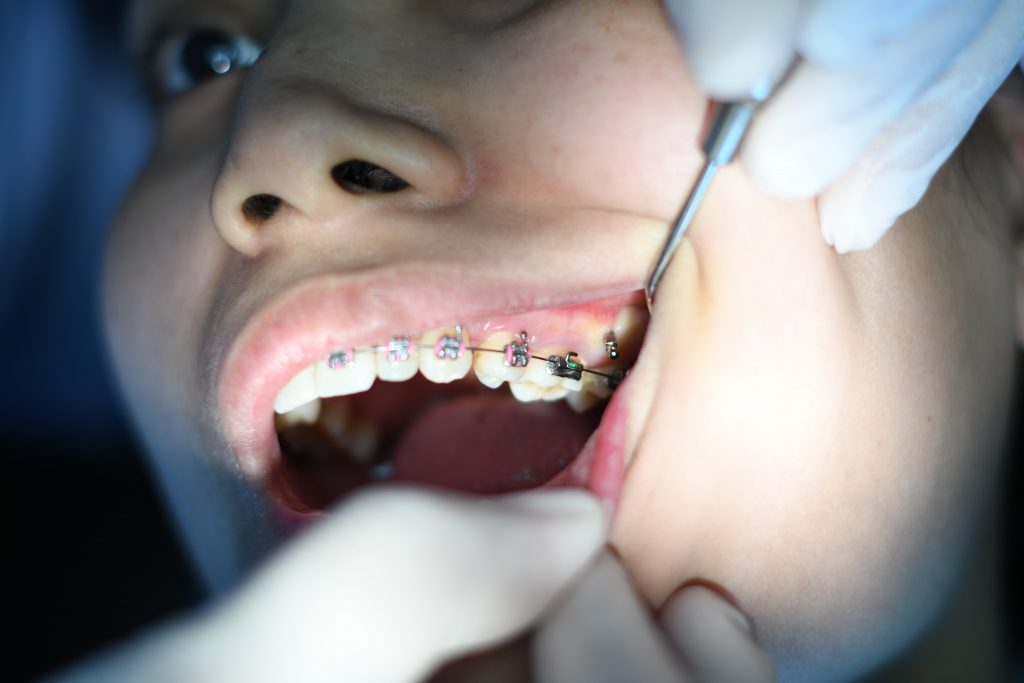There’s been a big uptake in the use of invisible braces; you may have seen them on the high street or on the internet. Unlike the traditional metal brace, they are far more subtle when worn in public. But they come in several significantly different forms as well as fixed or removable.
The underlying principle of orthodontics behind both fixed and removable translucent braces is the same; that the location of our teeth can be altered by a little gentle nudging consistently applied in the same direction.
Fixed orthodontics
Fixed orthodontics are permanently attached to the tooth surface. The braces attached to the patient’s teeth are often either minimalist braces using semi translucent brackets and very thin arch wires, or lingual braces attached to the backs of the teeth.
Pros of fixed orthodontics
Fixed systems, with their strong placement on the teeth, can provide greater force at any one time. Although this is not necessary for moving most teeth, except multi-rooted ones like molars!
Permanently attached in place, having to wear them all the time provides greater results by removing the temptation to take them out intermittently.
Cons of fixed orthodontics
Eating with a fixed brace system, invisible or not, is not particularly pleasing. Many foods have to be totally avoided, like hard foods, sticky foods or ones with fine grains. Banana and chocolate spread on toast? That’s a no-no! Eating popcorn while watching a film? Also no! Even the foods that can be consumed often lead to significant post-meal cleaning, as the nooks and crannies form safe havens for trapped food particles and the bacteria that grow on them.

Removable orthodontics
Removable low-impact orthodontic treatment is likely to be Invisalign like clear braces Clapham.
Unlike it’s bulkier cousins, these thin plastic translucent gum shields are worn in a series, each one pushing your teeth slightly closer to their final alignment. As they are only expected to last two weeks, they can be a lot more minimalistic adding to their stealthiness.
Pros of aligners
Being removable allows you to take them out for the evening, this stops them restricting your food choices, and as long as you’re prepared to give them a quick rinse under a tap and brush your teeth before replacing them, this makes eating in general, but particularly eating out, a much more satisfying experience.
Cons of aligners
Orthodontic treatment requires consistency, the recommended time for aligners use is 22 out of every 24 hours. Being able to take them out to eat or for a particularly important public speaking event is really what makes aligners so appealing to adult patients. But when used with younger or less disciplined patients, it can be easy to underutilise them. This extends the overall treatment time and can lead to the aligner number being out of sync with the tooth position, a critical factor that may force treatment to restart from the beginning.
What’s ‘best’ for you?
Which treatment option might be most suitable for you depends on what you value and your personal situation. For advice more tailored to you, you should attend your local clinic for a professional assessment.

